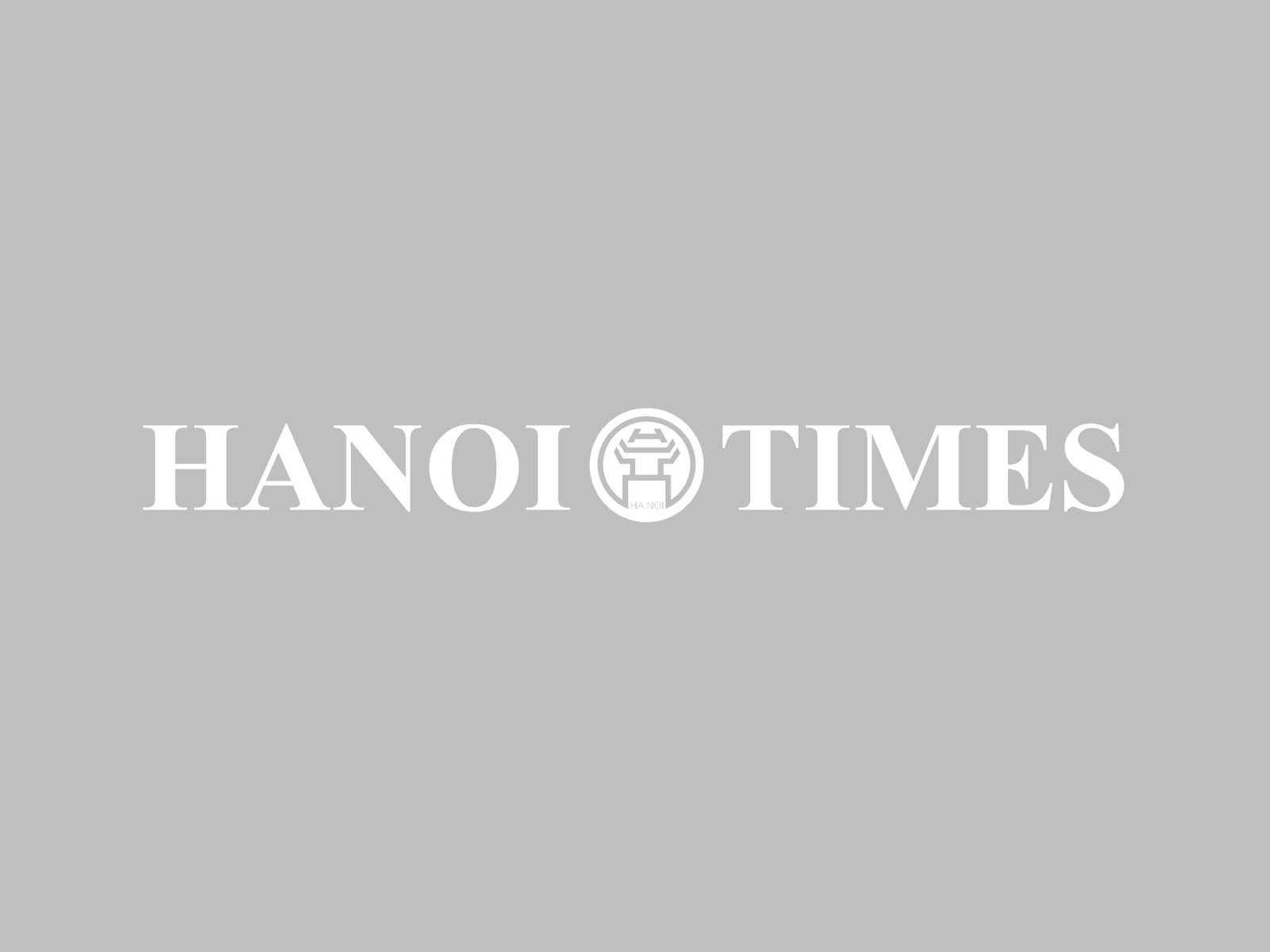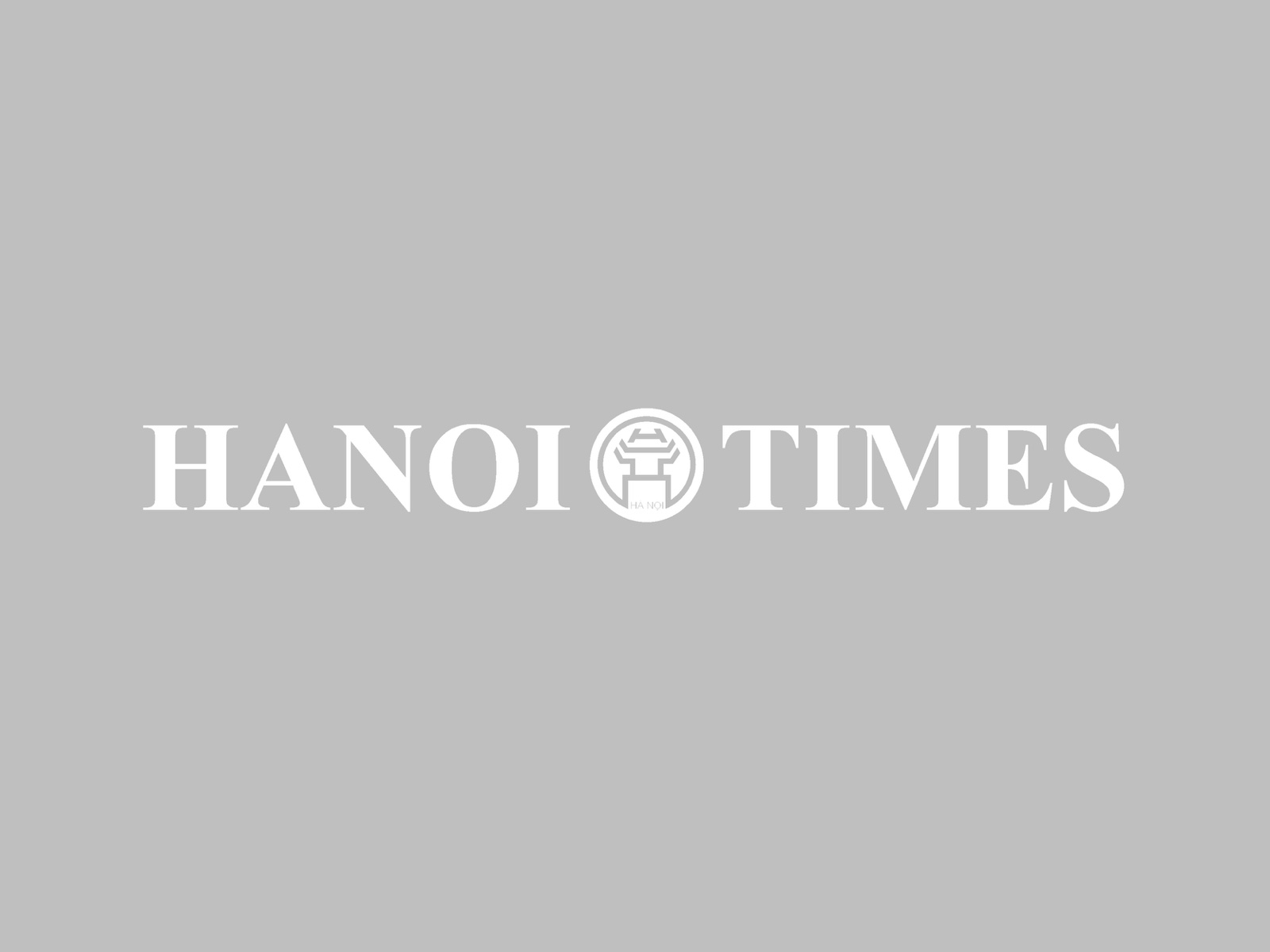News
Why does the US consider Vietnam an important Indo-Pacific partner?
Apr 17, 2019 / 11:11 AM
One of the reasons making Vietnam a key partner of the US is its well-equipped army with the import of advanced weapons over the past years.
US Assistant Defense Secretary for Indo-Pacific Security Affairs Randall G. Schriver once affirmed that Vietnam has appeared to be a valued partner for Washington in the Indo-Pacific region.
The senior official discussed the US-Vietnam strategic cooperation during a panel at the Center for Strategic and International Studies (CSIS) in Washington earlier this week, according to the US Department of Defense.
Vietnam-US strong military ties
Randall G. Schriver noted that the defense relationship between the US and Vietnam is strong and represents one of the strongest pillars in the multifaceted bilateral relationship.
He said that the defense relationship with Vietnam has been strengthened even more over the last two years and plans are to keep strengthening it based on a foundation of shared interests.
The official stated that the US seeks enhanced military ties with Vietnam. For instance, the aircraft carrier USS Carl Vinson visited Danang last year, marking the first such visit since the Vietnam War and with discussions about having another visit this year.
In 2017, the US transferred a major piece of defense equipment to Vietnam – the Coast Guard’s Hamilton-class cutter USCGC Morgenthau. That ship is now very active in maritime security missions for Vietnam, Schriver said, hoping that there will be a second such cutter available.
He said the US will continue to help enhance Vietnam’s military capabilities and pursue opportunities for military training and cooperation, concentrating on (i) Vietnam’s security and regional stability, (ii) Maritime security and maritime domain awareness, (iii) Humanitarian assistance and disaster relief, (iv) Professional military education, including English language training, (v) Military medicine, (vi) Search and rescue, (vii) Peacekeeping operations.
According to Schriver, a Vietnamese peacekeeping unit is deployed to South Sudan, with some assistance from the US and other partners.
The US has upgraded the level of their annual defense talks and they had an unprecedented level of senior engagement, not only the president’s two visits to Vietnam since he took office, but last year alone two visits from [former] Secretary of Defense [James] Mattis, he said.
Reasons for strong relationship
Schriver said the US and Vietnam share a common interest in promoting a rules-based order, protection of sovereignty, and individual rights of countries, no matter their size.
He continued that “We share a view that for the Indo-Pacific to continue to flourish, each nation in the region must be free to determine its own course within a system of values that ensures opportunities for even the smallest countries to thrive and be free from the predations of strong countries. “In short, for Vietnam, what we want is a strong, prosperous, independent Vietnam, nothing else”, he noted.
The predation to which Schriver referred is by China.
“The region is increasingly confronted with a more assertive, confident China that is willing to accept friction in the pursuit of its interests,” the US Department of Defense quoted Schriver as saying, citing China’s militarization of islands in the South China Sea as an example.
Vietnam’s consolidated army
Randall G. Schriver emphasized that Vietnam has well-trained and well-equipped armed forces.
Indeed, the Vietnam People’s Army (VPA) consists of the Armed Forces and the Civil Defense Force or reserve forces. The Armed Forces include Ground Force, Navy, Air Force, Border Defense Force, and Coast Guard with 450,000 active-duty personnel. If paramilitary forces are included, the total military personnel tops 5 million, Schriver was quoted by the US Department of Defense as saying.
In terms of manpower, all able-bodied men between 18 and 27 years of age are subject to military draft which lasts for 24 months.
In terms of weaponry, Vietnam has gradually modernized its army by equipping advanced submarines, aircrafts, and warships imported from Russia, Israel, South Korea, and India.
A report released in March by the Stockholm International Peace Research Institute (SIPRI) showed that Vietnam was among the 10 largest arms importers in 2014-2018, accounting for 2.9% of the total global spending on arms imports during the period.

Vietnam’s main suppliers included Russia with US$3.3 billion, Israel with US$384 million, Belarus with US$173 million, South Korea with US$120 million, Ukraine with US$84 million, the US with US$ 54 million, and the Czech Republic with US$48 million.
Between 2014 and 2018, Vietnam was among the top five arms importers in Asia and Oceania, behind India, Australia, China, and South Korea.
Internationally, Vietnam is a member of the United Nations, the Association of Southeast Asian Nations (ASEAN), the Non-Aligned Movement, the International Organization of the Francophonie, and the World Trade Organization, among others.
Last but not least, Vietnam could be the fastest growing of the world’s emerging economies by 2025 according to a forecast by PricewaterhouseCoopers (PwC).

Vietnamese Defense Minister Ngo Xuan Lich and US Defense Secretary James Mattis on the sidelines of Shangri-La Dialogue 2018 in Singapore in June 2018. Photo: AP
|
The senior official discussed the US-Vietnam strategic cooperation during a panel at the Center for Strategic and International Studies (CSIS) in Washington earlier this week, according to the US Department of Defense.
Randall G. Schriver noted that the defense relationship between the US and Vietnam is strong and represents one of the strongest pillars in the multifaceted bilateral relationship.
He said that the defense relationship with Vietnam has been strengthened even more over the last two years and plans are to keep strengthening it based on a foundation of shared interests.
The official stated that the US seeks enhanced military ties with Vietnam. For instance, the aircraft carrier USS Carl Vinson visited Danang last year, marking the first such visit since the Vietnam War and with discussions about having another visit this year.
In 2017, the US transferred a major piece of defense equipment to Vietnam – the Coast Guard’s Hamilton-class cutter USCGC Morgenthau. That ship is now very active in maritime security missions for Vietnam, Schriver said, hoping that there will be a second such cutter available.
He said the US will continue to help enhance Vietnam’s military capabilities and pursue opportunities for military training and cooperation, concentrating on (i) Vietnam’s security and regional stability, (ii) Maritime security and maritime domain awareness, (iii) Humanitarian assistance and disaster relief, (iv) Professional military education, including English language training, (v) Military medicine, (vi) Search and rescue, (vii) Peacekeeping operations.
According to Schriver, a Vietnamese peacekeeping unit is deployed to South Sudan, with some assistance from the US and other partners.
The US has upgraded the level of their annual defense talks and they had an unprecedented level of senior engagement, not only the president’s two visits to Vietnam since he took office, but last year alone two visits from [former] Secretary of Defense [James] Mattis, he said.
Reasons for strong relationship
Schriver said the US and Vietnam share a common interest in promoting a rules-based order, protection of sovereignty, and individual rights of countries, no matter their size.
He continued that “We share a view that for the Indo-Pacific to continue to flourish, each nation in the region must be free to determine its own course within a system of values that ensures opportunities for even the smallest countries to thrive and be free from the predations of strong countries. “In short, for Vietnam, what we want is a strong, prosperous, independent Vietnam, nothing else”, he noted.
The predation to which Schriver referred is by China.
“The region is increasingly confronted with a more assertive, confident China that is willing to accept friction in the pursuit of its interests,” the US Department of Defense quoted Schriver as saying, citing China’s militarization of islands in the South China Sea as an example.
Vietnam’s consolidated army
Randall G. Schriver emphasized that Vietnam has well-trained and well-equipped armed forces.
Indeed, the Vietnam People’s Army (VPA) consists of the Armed Forces and the Civil Defense Force or reserve forces. The Armed Forces include Ground Force, Navy, Air Force, Border Defense Force, and Coast Guard with 450,000 active-duty personnel. If paramilitary forces are included, the total military personnel tops 5 million, Schriver was quoted by the US Department of Defense as saying.
In terms of manpower, all able-bodied men between 18 and 27 years of age are subject to military draft which lasts for 24 months.
In terms of weaponry, Vietnam has gradually modernized its army by equipping advanced submarines, aircrafts, and warships imported from Russia, Israel, South Korea, and India.
A report released in March by the Stockholm International Peace Research Institute (SIPRI) showed that Vietnam was among the 10 largest arms importers in 2014-2018, accounting for 2.9% of the total global spending on arms imports during the period.

Vietnam among the top weapon importers in 2014-2018. Photo: SIPRI
Vietnam’s main suppliers included Russia with US$3.3 billion, Israel with US$384 million, Belarus with US$173 million, South Korea with US$120 million, Ukraine with US$84 million, the US with US$ 54 million, and the Czech Republic with US$48 million.
Between 2014 and 2018, Vietnam was among the top five arms importers in Asia and Oceania, behind India, Australia, China, and South Korea.
Internationally, Vietnam is a member of the United Nations, the Association of Southeast Asian Nations (ASEAN), the Non-Aligned Movement, the International Organization of the Francophonie, and the World Trade Organization, among others.
Last but not least, Vietnam could be the fastest growing of the world’s emerging economies by 2025 according to a forecast by PricewaterhouseCoopers (PwC).








